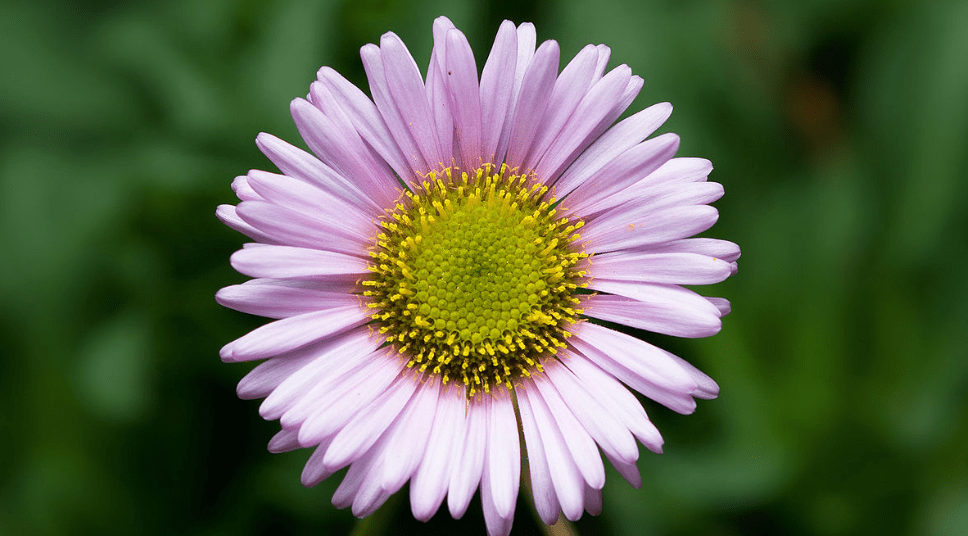
Fleabane Erigeron: A Comprehensive Guide to Growing and Caring
Fleabane Erigeron plants are a beautiful and versatile addition to any garden, but they require specific care and attention to thrive. In this comprehensive guide, we will cover everything you need to know about growing and caring for Fleabane Erigeron plants. Whether you’re a seasoned gardener or just starting out, this article will provide you with the knowledge and tips to become an expert in cultivating these lovely plants. From soil and sunlight requirements to watering and pruning tips, we’ve got you covered. By the end of this guide, you’ll have all the information you need to successfully grow and care for Fleabane Erigeron plants in your own garden.
Table of Contents
ToggleUnderstanding Fleabane Erigeron
A. What is Fleabane Erigeron?
Fleabane Daisy is a genus of flowering plants that belong to the Asteraceae family. They are known for their daisy-like flowers and are commonly found in North America, Europe, and Asia. There are over 400 species of Daisy Fleabane, with varying sizes and colors of flowers. These plants are often used as ornamental additions to gardens, as they attract butterflies and bees with their vibrant blooms.
1. Common names and varieties
Fleabane Daisy is also known by common names such as fleabane, daisy fleabane, and seaside daisy. Some popular varieties include Erigeron karvinskianus, Erigeron glaucus, and Erigeron speciosus.
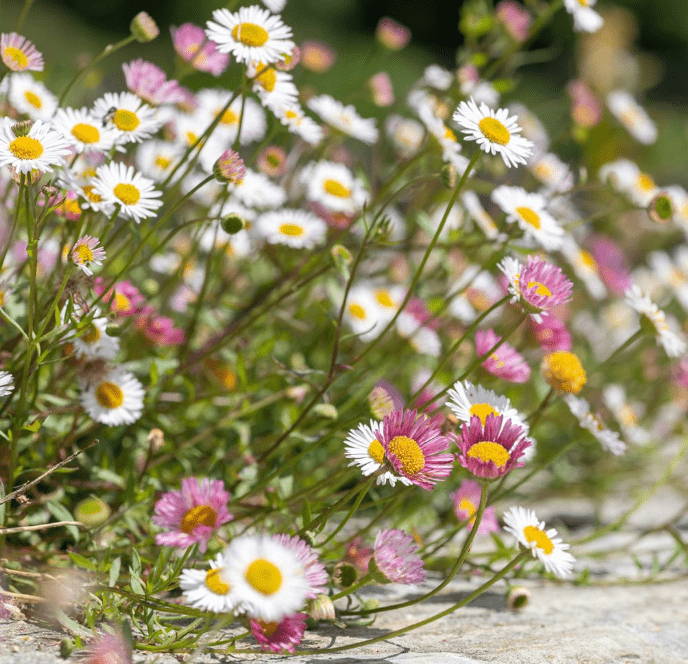
B. Benefits of Growing Fleabane Erigeron
There are several benefits to growing Fleabane Daisy in your garden. These plants are low maintenance and can thrive in various soil types, making them a versatile addition to any landscape. Additionally, their daisy-like flowers add a cheerful and colorful aesthetic to outdoor spaces. Fleabane Daisy also attracts pollinators such as butterflies and bees, which can help promote a healthy ecosystem in your garden. Overall, these plants are a beautiful and beneficial choice for gardeners looking to enhance their outdoor environment.
Preparing to Grow Fleabane Erigeron
A. Choosing the Right Variety
When preparing to grow Fleabane Daisy, it is important to choose the right variety for your specific garden conditions. Consider factors such as sunlight exposure, soil type, and climate when selecting a variety that will thrive in your garden. Some varieties may be more suited to shaded areas, while others may prefer full sun. Additionally, some varieties may be better adapted to sandy soil, while others may thrive in clay or loamy soil. By choosing the right variety, you can ensure that your Daisy Fleabane plants will flourish in your garden.
B. Ideal Growing Conditions
Such as sun exposure, soil type, and climate to ensure that you select a variety that will thrive in your garden. Some varieties may prefer full sun, while others may do well in partial shade. Additionally, certain varieties may be more drought-tolerant or cold-hardy, so it is important to research and select the best option for your specific garden environment.
1. Soil preferences and preparation.
Erigeron Daisy plants have varying soil preferences, with some varieties thriving in sandy soil and others preferring clay or loamy soil. Before planting, it is important to prepare the soil by amending it with organic matter and ensuring proper drainage for the specific variety you choose.
2. Sun exposure.
Depending on the variety, Erigeron Daisy plants may prefer full sun or partial shade. It is important to consider the sun exposure in your garden and choose a variety that will thrive in that specific condition.
3. Climate considerations.
Some varieties of Daisy Fleabane may be more drought-tolerant or cold-hardy, so it is important to select a variety that is well-suited to the climate in your area. Researching the specific climate preferences of the variety you choose will ensure its success in your garden.
C. Garden Planning and Design
When planning and designing your garden, it’s important to consider the specific climate and sun exposure needs of Erigeron Daisy plants. This will help ensure that they thrive and flourish in your garden. Be sure to research the specific varieties and choose ones that are well-suited to your climate and sun exposure preferences. This will help you create a beautiful and successful garden.
Planting Fleabane Erigeron
A. Starting from Seeds
When starting Fleabane Erigeron plants from seeds, it’s important to consider the specific conditions they need to germinate and grow successfully. Researching the ideal planting time, soil type, and watering needs will help ensure the best results. Follow the recommended planting instructions for the specific variety you choose to give your seeds the best chance of success. With careful planning and attention to detail, you can enjoy beautiful Erigeron Daisy plants in your garden.
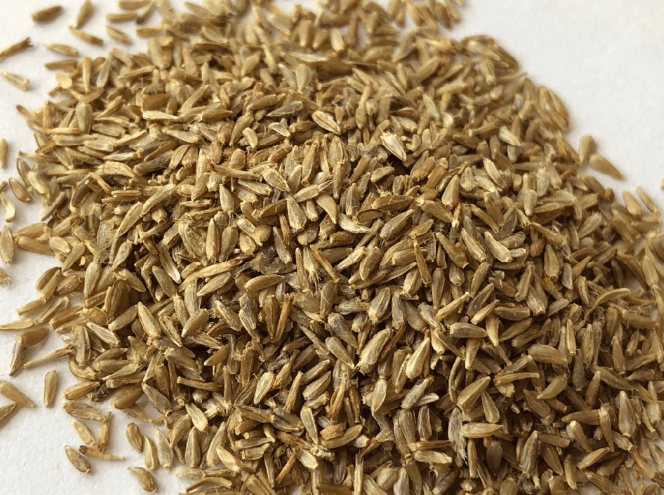
B. Planting from Transplants
If you choose to plant Erigeron Daisy from transplants, it’s important to select healthy, vigorous plants from a reputable nursery or garden center. When it comes to planting, make sure to choose a location with well-draining soil and ample sunlight. Prepare the soil by loosening it and adding organic matter to improve fertility. When transplanting, be gentle with the roots and water the plants thoroughly after planting to help them establish in their new location. With proper care and maintenance, your Erigeron Daisy transplants will thrive and add beauty to your garden.
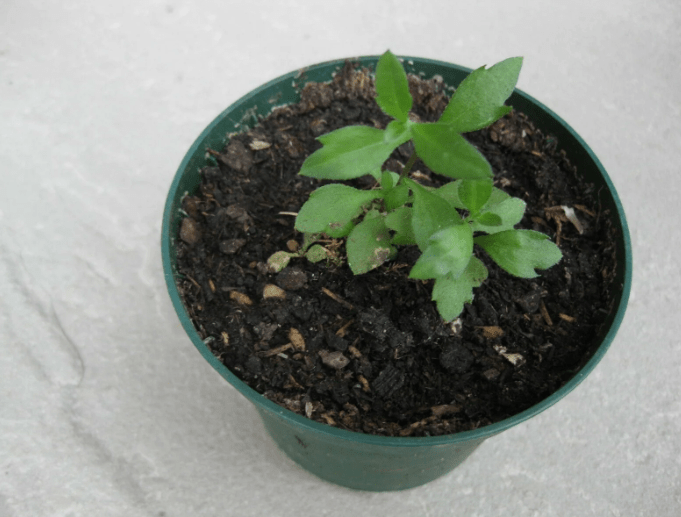
C. Direct Sowing in the Garden
If you prefer to directly sow Erigeron Fleabane seeds in your garden, it’s important to wait until the last frost has passed before planting. Choose a location with well-draining soil and ample sunlight for optimal growth. Prepare the soil by loosening it and removing any weeds or debris. Scatter the seeds on the soil surface and lightly press them into the soil. Water the area gently to keep the soil moist and allow the seeds to germinate. With proper care and attention, your Fleabane Erigeron seeds will sprout and grow into beautiful plants in your garden.
Caring for Fleabane Erigeron
A. Watering and Irrigation
Erigeron Fleabane plants require regular watering, especially during dry periods. It’s important to water the plants at the base to avoid getting the foliage wet, as this can lead to disease. Water the plants deeply, allowing the soil to dry out slightly between waterings. Using a drip irrigation system or soaker hose can help ensure even and consistent watering. Additionally, avoid overwatering to prevent root rot and other water-related issues. Overall, providing adequate moisture is key to promoting healthy growth and blooming in Fleabane Erigeron plants.
B. Fertilizing and Soil Health
Erigeron Fleabane plants benefit from regular fertilization to support their growth and blooming. Use a balanced, all-purpose fertilizer in the spring and summer months, following the instructions on the product label. It’s important to fertilize the plants when they are actively growing to provide the necessary nutrients. Additionally, maintaining healthy soil is crucial for the well-being of Fleabane Erigeron plants. Ensure the soil is well-draining and rich in organic matter to promote strong root development and overall plant health. Regularly amending the soil with compost or organic matter can help improve its fertility and structure. Overall, fertilizing and maintaining healthy soil are essential for the thriving of Fleabane Erigeron plants.
C. Pruning and Deadheading
Once the spring and summer months pass, it’s important to also consider pruning and deadheading your Erigeron Fleabane plants. Pruning can help shape the plants and remove any dead or damaged growth. Deadheading, or removing spent flowers, can encourage continued flowering and promote a neat and tidy appearance. Be sure to use clean, sharp pruners to make clean cuts and minimize the risk of disease. It’s best to prune and deadhead after the plants have finished blooming to avoid interfering with the flowering process. By incorporating these practices, you can help ensure the health and beauty of your Fleabane Erigeron plants.
Seasonal Care and Maintenance
A. Spring and Summer Care
During the spring and summer months, it’s important to care for your Fleabane Erigeron plants by regularly watering them, especially during dry periods, and providing them with a balanced fertilizer to promote healthy growth and flowering. It’s also important to monitor for any pests or diseases and address them promptly to prevent any damage to the plants. Additionally, you can consider staking taller varieties to provide support and prevent them from flopping over. Lastly, regular deadheading can help promote continuous flowering and maintain a tidy appearance. Overall, with proper care and maintenance, your Fleabane Erigeron plants can thrive and add beauty to your garden.
B. Fall and Winter Care
As the seasons change to fall and winter, it’s important to continue caring for your Fleabane Erigeron plants to ensure their health and vitality. During the fall, you can cut back any dead or damaged foliage to promote new growth and tidy up the plants. It’s also important to reduce watering as the weather cools down and the plants enter their dormant phase. Consider adding a layer of mulch around the base of the plants to protect the roots from freezing temperatures. In regions with harsh winters, you may need to provide additional protection, such as covering the plants with burlap or moving them to a sheltered location. Overall, with proper care and attention, your Fleabane Erigeron plants can survive the winter and emerge healthy and ready to bloom again in the spring.
Propagation Techniques
A. Seed Saving and Sowing
When it comes to propagating your Fleabane Erigeron plants, seed saving and sowing can be an effective method. To save seeds, wait for the flowers to go to seed and collect the small, fluffy seeds once they have dried on the plant. Store them in a cool, dry place until you’re ready to sow them in the spring. To sow the seeds, scatter them on top of well-draining soil and lightly press them in. Keep the soil consistently moist until the seeds germinate and the seedlings are established. With proper care and attention, you can propagate new Fleabane Erigeron plants from seeds and continue to enjoy their beauty in your garden.
B. Division and Transplanting
Another effective propagation technique for Fleabane Erigeron plants is division and transplanting. This method involves dividing the existing plant into smaller sections and transplanting them to new locations. To do this, carefully dig up the plant and separate the clumps into smaller sections, making sure each section has its own set of roots. Transplant the sections into well-draining soil and provide them with proper care and watering to help them establish in their new location. Division and transplanting can help you create new plants from an existing Fleabane Erigeron, allowing you to expand your garden and enjoy the beauty of these plants in different areas.
C. Cuttings and Rooting
Cuttings and rooting is another effective propagation technique for Fleabane Erigeron plants. This method involves taking cuttings from the plant and encouraging them to develop roots, creating new plants. To do this, take a cutting from a healthy, mature part of the plant and remove the lower leaves. Dip the cut end in rooting hormone to encourage root growth, and then plant the cutting in a pot with well-draining soil. Keep the soil consistently moist and provide the cutting with indirect light to help it develop roots. Once the cutting has established roots, it can be transplanted into a larger pot or into the garden. Cuttings and rooting allow you to easily propagate new Fleabane Erigeron plants and expand your garden with minimal effort.
Integrating Fleabane Erigeron into Your Garden
A. Companion Planting
One way to integrate Fleabane Erigeron into your garden is through companion planting. This plant is known to attract beneficial insects such as bees and butterflies, so it can be a great addition to a pollinator garden. It also has a natural ability to repel certain pests, so planting it alongside other susceptible plants can help protect them. Additionally, Fleabane Erigeron’s delicate, daisy-like flowers can add beauty and charm to your garden, making it a versatile and beneficial addition to your outdoor space.
B. Design Ideas and Garden Themes
When integrating Fleabane Erigeron into your garden, consider incorporating it into your design ideas and garden themes. This plant can thrive in a wildflower garden, a cottage garden, or even a rock garden. Its low-maintenance nature makes it a great option for adding a pop of color and texture to your garden without requiring a lot of attention. You can also use Fleabane Erigeron to create borders or fill in gaps in your garden beds, adding a natural and effortless beauty to your outdoor space. Overall, integrating Fleabane Erigeron into your garden can add diversity and visual interest to your landscape.
C. Container Gardening with Fleabane Erigeron
If you’re considering container gardening with Fleabane Erigeron, it’s important to select the right size and type of container for this plant. Make sure the container has good drainage to prevent waterlogging and root rot. Fleabane Erigeron can thrive in containers with well-draining soil and regular watering. Consider pairing it with other sun-loving plants and flowers that complement its bright and cheerful blooms. Container gardening with Fleabane Erigeron allows you to enjoy its beauty and versatility on patios, balconies, or any small outdoor space. With the right care and attention, you can create a stunning display of this lovely plant in a container garden.
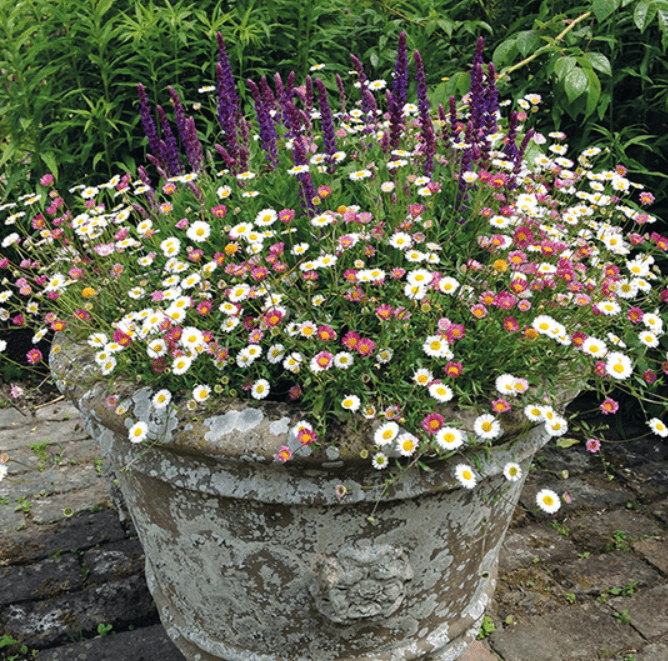
In conclusion, growing and caring for Fleabane Erigeron plants can be a rewarding experience for any gardener. By following the tips and guidelines provided in this comprehensive guide, you can ensure that your plants thrive and flourish in your garden. With the right care and attention, you can enjoy the beauty of these lovely flowers for years to come. Happy gardening!
Frequently Asked Questions (FAQs)
Fleabane Erigeron is a genus of flowering plants in the daisy family, Asteraceae. They are known for their daisy-like flowers and are popular in garden borders and rock gardens.
Fleabane Erigeron prefers well-drained soil and full sun to partial shade. Plant them in a location with good air circulation to prevent mildew. Water regularly, especially during dry periods, but avoid overwatering.
The best time to plant Fleabane Erigeron is in the spring after the last frost has passed. They can also be planted in the fall.
Fleabane Erigeron plants require minimal care. Deadhead the flowers to encourage continuous blooming and cut back the foliage in the fall. Divide the plants every few years to prevent overcrowding.
Fleabane Erigeron is relatively resistant to pests and diseases. However, they can sometimes be affected by powdery mildew, especially in humid conditions. Proper air circulation and avoiding overhead watering can help prevent this.
Yes, Fleabane Erigeron can be grown in containers as long as the container has good drainage. Choose a well-draining potting mix and water regularly.
Fleabane Erigeron can be propagated by division in the spring or fall. Simply dig up the plant and divide the clumps, then replant them in the desired location.
Yes, there are several different species and cultivars of Fleabane Erigeron, each with their own unique characteristics and growing requirements. Some popular varieties include Erigeron karvinskianus and Erigeron glaucus.
